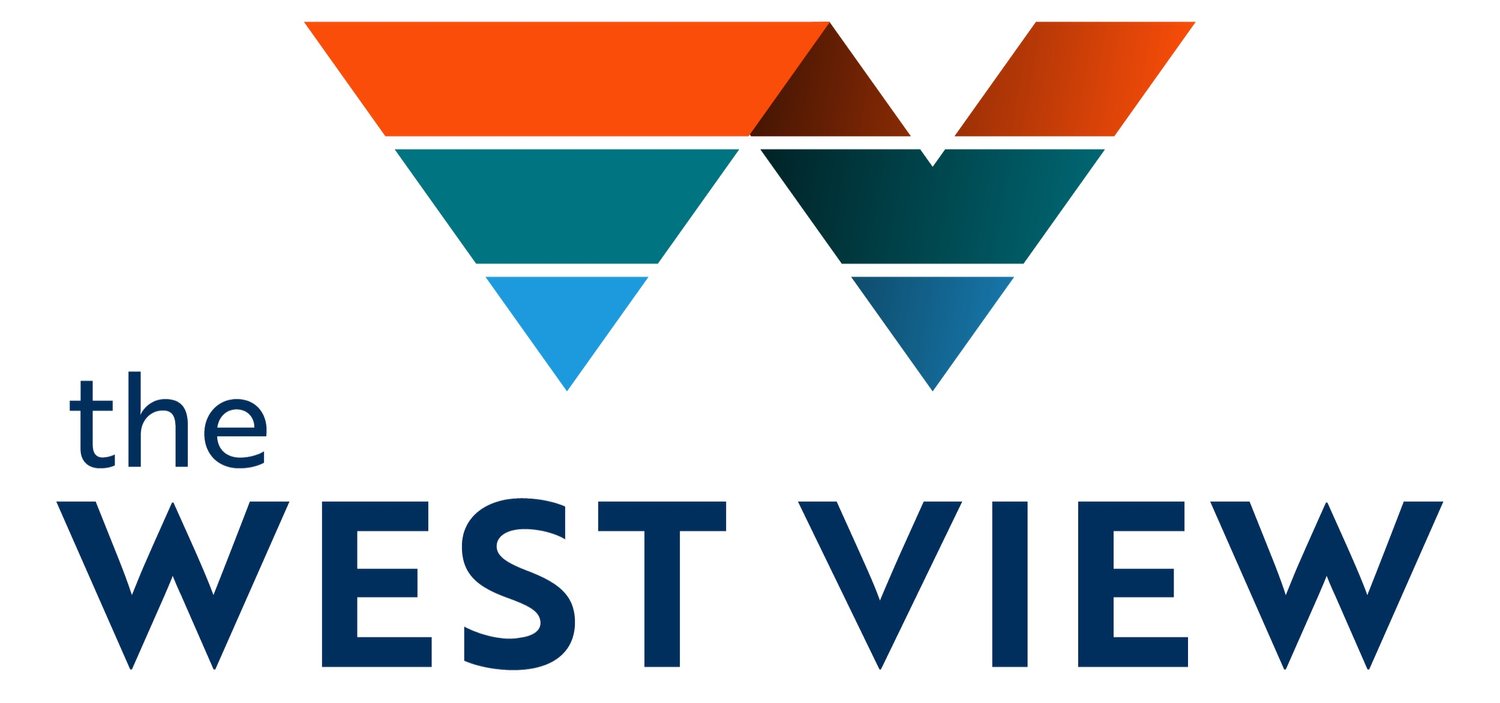New state plan for ending homelessness in Utah
Jennie (no last name given) goes through her belongings after being told by police she needs to move to another location. Photo by Sheena Wolfe
A new plan to address and decrease homelessness in Utah is being implemented after more than a year of study. The Utah Strategic Plan to Address Homelessness pledges to reduce and prevent homelessness in Utah and strengthen the physical health, mental health, and social service supports available for Utah’s unhoused population.
The mission, according to State Homeless Coordinator Wayne Niederfhauser, is to “work together to make homelessness in Utah rare, brief, and non-recurring.” To do this, the plan calls for coordination of services and resources to reduce gaps in affordable housing, health services, case management, prevention, data gathering, and transportation.
According to the new statewide plan released in December 2022 and officially approved in February, communities across Utah share one common goal: to end homelessness. The plan states that everyone must work together to develop strategies, invest resources, and invite partners from across sectors to contribute toward the goal to end homelessness. It also states that the system of services must be coordinated and adequately funded to effectively support individuals and families who face homelessness in Utah. This strategic plan establishes statewide goals and benchmarks on which to measure progress toward these goals. One major goal in the plan is to reduce first time homelessness by 10 percent per year.
“The plan identifies best practices and areas for improvement, ensuring all services are provided in a safe, cost-effective and efficient manner,” said Niederhauser. “While we have made real progress in some areas of homeless services,” he said, “there is still much to do. We look forward to working with all stakeholders statewide to make significant and impactful advancements.”
Depending on the source and due to the transient nature of the homeless population, the number of homeless individuals in Utah is estimated to be 3,000 and 10,000 individuals (depending on the time of year) with the majority being in Salt Lake City.
The Utah plan will work in conjunction with the recently developed federal plan and includes increasing affordable housing and emergency beds, supporting landlord/tenant relations, and creating a system for homeless individuals to access available housing and services. In addition, the plan calls for increased access to mental and health services, and providing job opportunities for the unhoused population.
The Salt Lake Valley Coalition to End Homelessness – made up of many local partners including Catholic Community Services, First Step House, Fourth Street Clinic, and Housing Connect – is the entity that helps coordinate the state plan at the local level, said Robert Wesemann, coalition co-chair, noting that the big push at the local level is to establish permanent low-income housing that includes onsite counseling and case management.
“Our goal is to get people off the streets and into affordable homes that include supportive services.”
“Our goal is to get people off the streets and into affordable homes that include supportive services,” said Wesemann, adding that one potential for permanent housing is converting older hotels and motels into affordable apartments.
Surprisingly, one of the major local partners to end homelessness is the Jordan River Commission. According to the Jordan River Commission’s Executive Director, Soren Simonsen, as the population of unsheltered individuals in the greater Wasatch Region has grown over the past decade, many are seeking refuge on the banks of the Jordan River.
“Camping on the river corridor is not permitted,” he said, “except in a few specifically designated RV and tent camping locations intended for recreational use. Those experiencing unsheltered homelessness are at great personal environmental risk from extreme heat and cold, wildfires, and floods. They are also frequent victims of drug predation, sexual assault, and other violence, as well as the loss of personal possessions by theft, law enforcement, and public health abatements that often perpetuate the personal, individual crises at the roots of homelessness. In addition,” he added, “homeless encampments are damaging long-term efforts to restore ecological integrity to the Jordan River.”
The Federal Plan to Prevent and End Homelessness has a goal to reduce homelessness by 25 percent by 2025. According to a fact sheet, the federal plan is the most ambitious effort by any administration to prevent people from becoming homeless, address inequities that disproportionately impact underserved communities (including people of color and other marginalized groups), and help cities and states reduce the number of the unsheltered population. The local coalition works with the state coalition and the state coalition works with the federal coalition.
For more information on the new statewide strategic plan, visit www.utah.gov.pmn.files.

